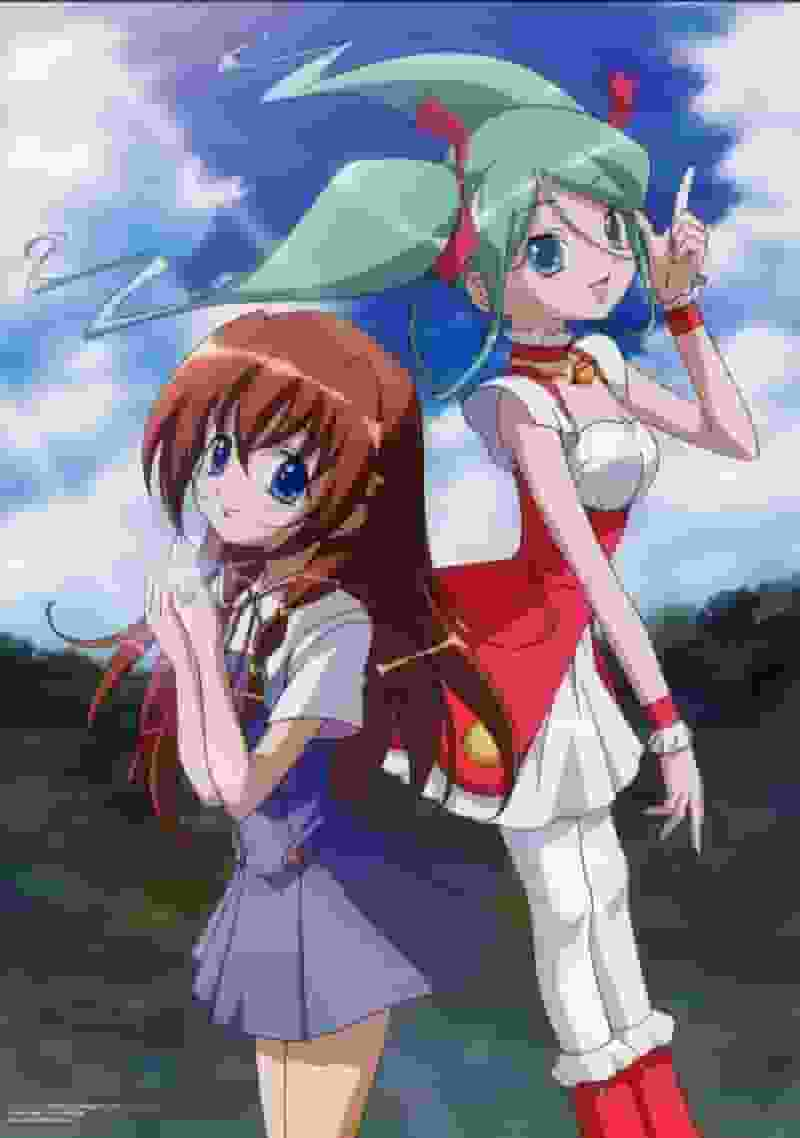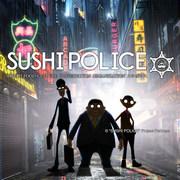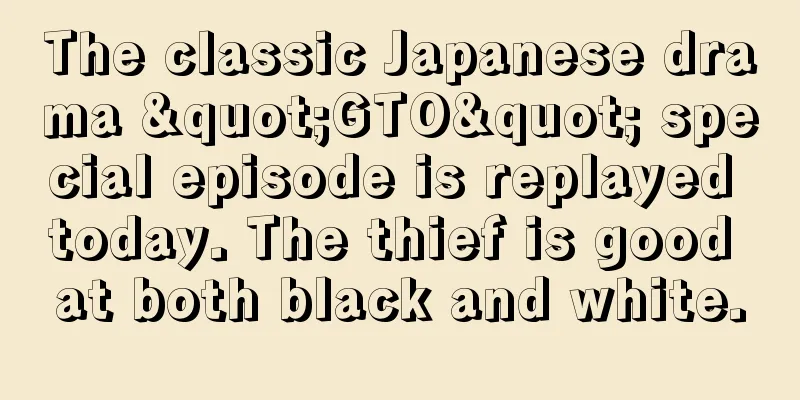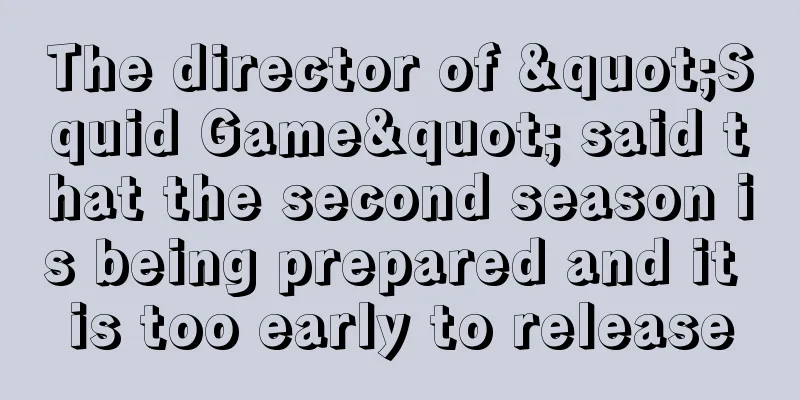The appeal and reputation of "Ashita no Joe": A monumental boxing anime
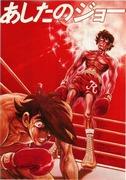
Tomorrow's Joe - The eternal boxing legend■ Public Mediatheater ■ Original Mediacomics ■ Release dateMarch 8, 1980 - January 1, 0000 ■Distribution companyNippon Herald Fuji Films ■ Eirin Number19840 ■Frequencies153 min ■ Number of EpisodesEpisode 1 ■Original StoryOriginal story: Asao Takamori, illustrations: Tetsuya Chiba ■ DirectorYoichiro Fukuda ■ ProductionSankyo Films, Fuji Films, Herald Enterprises ■Works©Asao Takamori, Tetsuya Chiba/Kodansha, Sankyo Films ■ StoryTokyo in the 1960s. A boy named Yabuki Joe (Joe) with a natural talent for boxing is incarcerated in a juvenile detention center, where he meets a boxer named Rikishi Toru, who has also been sent there. Joe is defeated in his first match against Rikishi, and realizes his own weakness. He learns boxing by following the advice in a letter titled "For Tomorrow" that he receives from former boxer Danpei Tange. After leaving the detention center, Joe develops as a boxer at the Tange Boxing Club, and eventually faces off against Rikishi. ■ExplanationThis is a re-edited version of the TV anime that aired in 1970, but all the audio is newly recorded and some of the cast members are different from the TV anime version. It depicts the fateful boxing match between the main character, Yabuki Joe, and his rival, Rikishi Wadachi, until the conclusion. It is based on a boxing manga by Takamori Asao (original story) and Chiba Tetsuya (illustrations). ■Cast・Yabuki Joe/Aoi Teruhiko ■ Main staff・General Director: Ikki Kajiwara ■ Main Characters・Yabuki Joe: The main character. He is a delinquent boy with a rough personality, but he is also a joker and has a strong sense of duty. Under the guidance of Danpei Tange, he grows as a person through boxing. He is skilled in the cross counter, where he crosses his arm with his opponent to land a punch, and the no-guard tactic. ■ Related works"Ashita no Joe" [TV series] ■Detailed reviewAshita no Joe is a movie that was released in 1980 and is based on a manga by Takamori Asao and illustrated by Chiba Tetsuya. The original manga was serialized in Weekly Shonen Magazine from 1968 to 1973 and has since been adapted into anime and movies many times. This movie version is a re-edited version of the TV anime that aired in 1970, but all the audio has been newly recorded and some of the cast has been changed. This allows viewers to enjoy the story from a new perspective. The story is set in Tokyo in the 1960s. The protagonist, Yabuki Joe, is a boy with natural talent for boxing, but also a delinquent with a rough personality. He meets Rikishi Toru in a juvenile detention center, and is defeated in their first match, which makes him keenly aware of his own weakness. He then receives a letter from former boxer Tange Danpei titled "For Tomorrow," and follows its advice to learn boxing. After leaving the detention center, Joe develops as a boxer at the Tange Boxing Club, and eventually challenges Rikishi to a match. The appeal of this work lies above all in the growth of the main character and the human drama. Joe starts out as a selfish and violent boy, but he grows as a person through boxing. The interactions and conflicts with the various characters he meets along the way add depth to the story. In particular, his rivalry with Rikishi Toru is more moving than the boxing matches themselves. Rikishi is a genius boxer with a calm and keen insight, and is a character that contrasts with Joe. The drama that unfolds from the two men coming to recognize each other and leading up to their final showdown is sure to leave a deep impression on the audience. Also not to be missed is Danpei Tange. He is a former boxer who retired due to an injury to his left eye and lived a life of alcohol, but he sees Joe's talent and devotes all his energy to training him. With his trademark shaved head and eye patch, he is like a father to Joe, and his strict yet warm guidance supports Joe's growth. Characters such as Yoko Shiraki and Mammoth Nishi also add color to the story. Yoko Shiraki is a beautiful young lady who supports Rikishi but harbors strong feelings of resentment towards Joe, while Mammoth Nishi is Joe's best friend and watches over his growth. Music is also an important element that enhances the appeal of this work. The theme song "Beautiful Wolves" was written by Taka Takashi, composed by Suzuki Kunihiko, and sung by Obo Takeshi, and it enhances the atmosphere of the story. The inserted songs "K.O. (Knock Out)" and "Goodbye Joe" were also produced by Murakami Ryu and Joe Yamanaka, Kajiwara Ikki and Hirao Masaaki, and Susanna Su, respectively, and have the effect of stirring emotions as the story progresses. The theatrical version is 153 minutes long and has a self-contained story. It was distributed by Nippon Herald Fuji Eiga and has an Eirin number of 19840. It was produced by Sankyo Eiga, Fuji Eiga, and Herald Enterprises, and the copyright is held by Asao Takamori, Tetsuya Chiba/Kodansha, Sankyo Eiga. ■ Related works and their influence"Ashita no Joe" was also extremely popular as a TV series, and was first made into an anime in 1970. Since then, it has been remade and sequeled many times, and its influence is immeasurable. In particular, this 1980 movie version, although a re-edited version of the TV series, brings out new charms and is a must-see for fans. This work moved many people by depicting a human drama through the sport of boxing. The confrontation between Joe and Rikishi is more than just a match; it symbolizes themes such as life's struggles, friendship, and growth. For this reason, it was widely accepted not only by boxing fans but also by general audiences. This work also occupies an important place in the history of Japanese manga and anime. Chiba Tetsuya's illustrations are realistic and powerful, and it is no exaggeration to say that they established the style of shonen manga at the time. Takamori Asao's storytelling also drew many readers and viewers with its deep human drama. ■ Recommendations and how to watchI would highly recommend "Ashita no Joe" not only to those who are interested in boxing and sports, but also to those who like human dramas and stories of growth. In particular, the confrontation scene between Joe and Rikishi is moving and memorable, and you will discover something new no matter how many times you watch it. This work is available to watch on DVD and Blu-ray. It is also sometimes available on streaming services, so you can use those too. We also recommend reading the original manga, which will give you a deeper understanding of Chiba Tetsuya's illustrations and Takamori Asao's story. "Ashita no Joe" is an eternal boxing legend that continues to be loved by many people. We hope you will experience its excitement and drama for yourself. |
>>: The appeal and review of "The Strongest Robo Daiohja": A must-see mecha action masterpiece
Recommend
The horror exorcism manga "It's Dark Outside the Triangle Window" is completed and confirmed to be made into a TV animation
Today, December 7, the horror exorcism manga &quo...
TV animation "Blue Knights" OP video announced, broadcast in January 2021
Sega's famous mobile game "Blue Knights&...
"Superman" movie trailer exceeded 250 million views in 24 hours, breaking DC and Warner records
Recently, DC Films co-president James Gunn tweete...
Demon Slayer: Mugen Train trailer released, new poster unveiled
The theatrical animation "Demon Slayer: Kime...
"King Kong River" box office exceeded 1 billion, becoming the 78th billion-dollar movie in Chinese film history
Today (November 17), according to Maoyan Movie Bo...
The completion begins! Uniqlo announced that it will launch a joint UT with "Neon Genesis Evangelion"
Today (April 8), Uniqlo’s official Weibo announce...
The second season of the anime adaptation "I Level Up Alone" has been confirmed and the official trailer has been released
The animation adapted from the Korean comic strip...
Trailer for the sci-fi film Chaos Walking stars Tom Holland and Daisy Ridley
Recently, foreign media IGN released a new traile...
Two days left to the release of "Fate/Heaven's Grave III: Spring Song"! New visual released
Today (March 26), there are still two days until ...
"SHY" Episode 1 Review: A better-than-expected start!
Full review and recommendation of the "SHY&q...
The new film of the male lead of “Deadpool” is revealed: the game NPC turns into the protagonist to save the world!
According to foreign media reports, Ryan Reynolds...
"X-Men: Dark Phoenix" became the biggest blockbuster flop in 2019, losing $133 million
Foreign media Deadline recently announced the fiv...
Megan Fox confirmed to star in The Expendables 4
Lionsgate recently confirmed the movie "The ...
Barbie Productions to Film Monopoly Live-Action Movie
According to Variety, Lionsgate is developing a M...
Venom 3 grossed over 50 million yuan on its first day in mainland China
According to real-time data from Lighthouse Profe...
